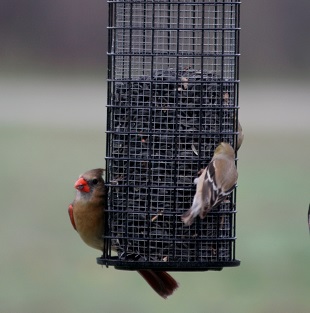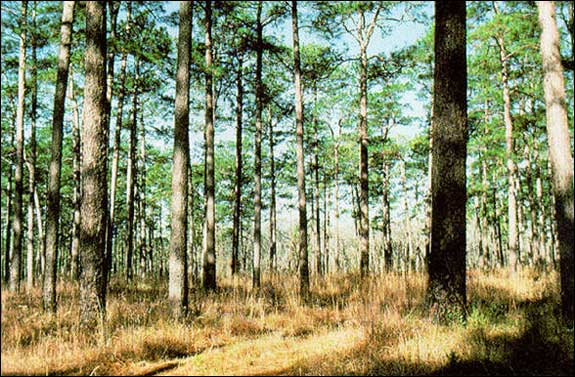TPW TV: Flocking with Friends
Friday, November 15th, 2013This is Passport to Texas
Each spring, birders from across Texas and beyond, participate in The Great Texas Birding Classic.
This week on the TPW TV series, meet a group of young birders and their teacher who took part in this year’s tournament. Alan Fisher produced the story, Flocking with Friends.
There’s an oriole. Baltimore oriole. Oh, I see a spoonbill guys. Whoa, what’s that? White Ibis. The red-winged blackbird…
I was really impressed by the class and their teacher.
We’re not just doing text book knowledge – we’re doing real world learning. And, if you put excitement into it and you show the relevance to their own life, you’ve got them hook, line and sinker.
The kids were so engaged. They had learned all these details about so many of these birds.
I named it. This guy. I named it. Jacob did it. Everybody…everybody agree? Yes. Okay.
The teacher really believes a lot of these kids are going to go on and be interested in biology or ornithology. So, it was really neat to see how engaged they were and interested to learn about the world around them.
Thanks, Alan.
Flocking with Friends airs the week of November 17 on PBS stations across Texas.
That’s our show for today .. Funding provided in part by Ram Trucks. Guts. Glory. Ram.
Texas Parks and Wildlife…I’m Cecilia Nasti.






 Passport to Texas is a
Passport to Texas is a  Passport to Texas is made available by:
Passport to Texas is made available by: